Life Science
Animal Classification
SC.3.L.15.1: Classify animals into major groups (mammals, birds, reptiles, amphibians, fish, arthropods, vertebrates and invertebrates, those having live births and those which lay eggs) according to their physical characteristics and behaviors.Animals are classified into vertebrates and invertebrates. Vertebrates have a backbone, or spine, and invertebrates do not. Some examples of invertebrates are insects, worms, and squid.
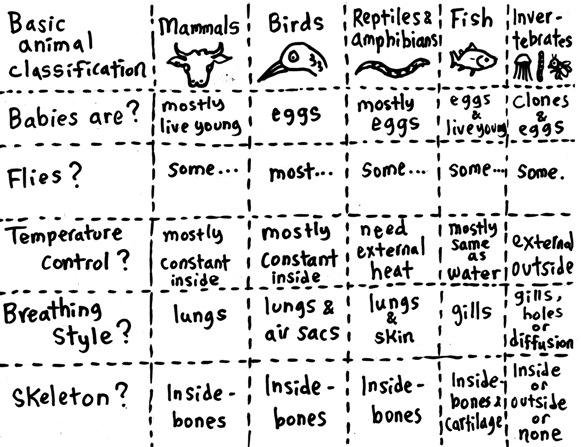
Mammals
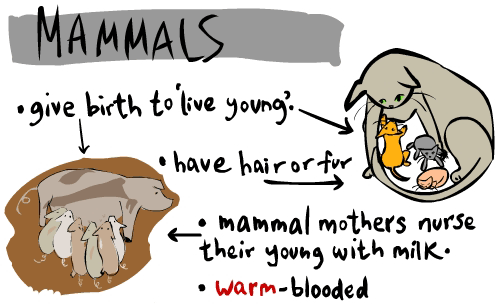
Birds
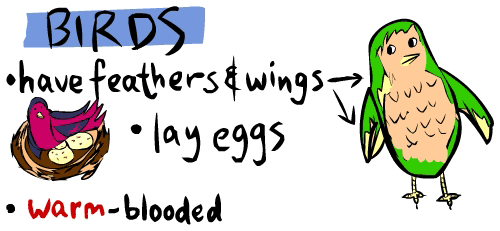
Reptiles
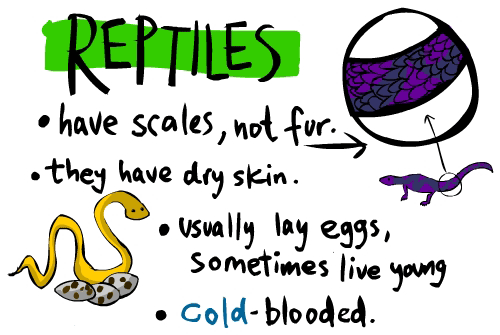
Amphibians
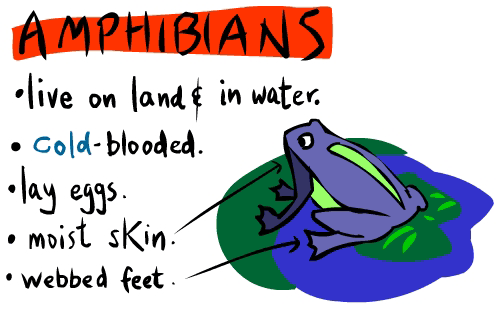
Fish

Arthropods and Insects

Animals Respond to Changing Seasons
SC.3.L.17.1: Describe how animals and plants respond to changing seasons.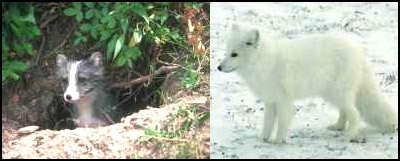
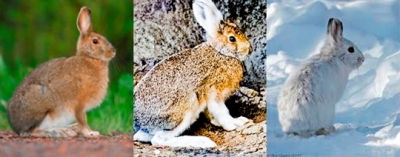
The arctic fox's coat changes color with the seasons. The fox's coat is brown in the summer months to blend in with the grass and dirt, and white in the winter to blend in with the snow. The snowshoe hare has a similar adaptation that allows it to survive in the winter.
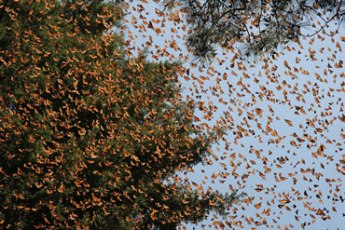
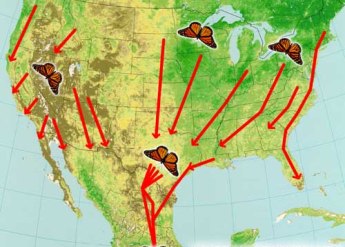
Monarch butterflies migrate from the United States to Mexico in the winter. The butterflies migrate to stay warm in the cold winter months.

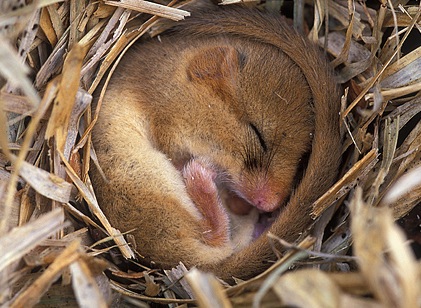
Bears and dormice hibernate in the winter. Before winter arrives, they store food in their bodies in the form of fat. Then, they go into a dormant, or inactive state to save energy. This way, they don't have to go out looking for food during the cold months when plants are dead, and food is hard to find.